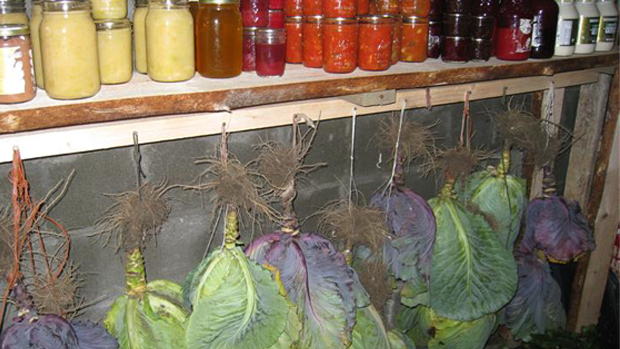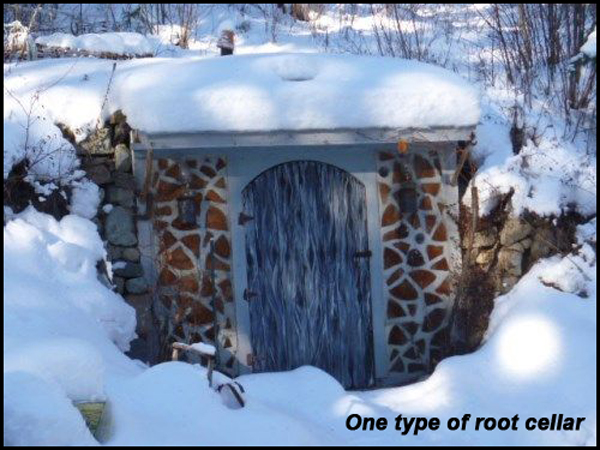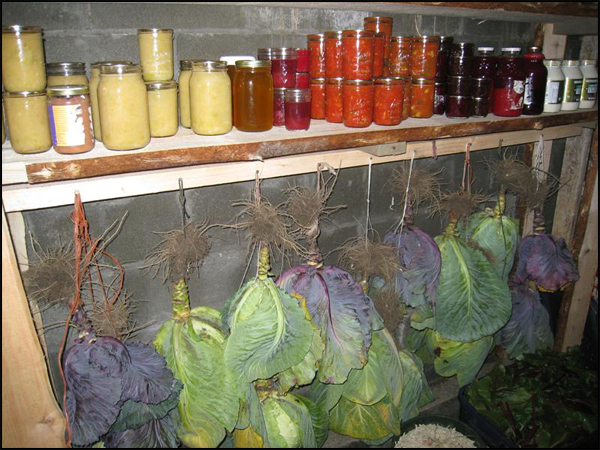
GEDSC DIGITAL CAMERA
 I already mentioned our garden. It was a co-op, a quilt of many tiny colorful gardens clustered together, where each patch belonged to a single family. The square footage was…let me think. Now I have to transcribe the graceful metric system into clumsy American standards… Got it! One single patch was about 1/6 acre. Not much, but we had a small summer house, a few apple trees, a couple of cherry and plum trees, one pear tree with very hard almost inedible pears, a few black currant and gooseberry bushes, a patch of strawberries, some cucumbers, some tomatoes, lots of beautiful flowers, and a really deep well—spooky, dark, full of icy cold water—which my wild imagination inhabited with some horrible monsters! Old slimy black logs supported it inside. How wonderful and scary it felt, when you looked inside, smelt the dampness, shout in it to hear echo and get scolded by adults for coming close—just to imagine falling into it gave you chills!
I already mentioned our garden. It was a co-op, a quilt of many tiny colorful gardens clustered together, where each patch belonged to a single family. The square footage was…let me think. Now I have to transcribe the graceful metric system into clumsy American standards… Got it! One single patch was about 1/6 acre. Not much, but we had a small summer house, a few apple trees, a couple of cherry and plum trees, one pear tree with very hard almost inedible pears, a few black currant and gooseberry bushes, a patch of strawberries, some cucumbers, some tomatoes, lots of beautiful flowers, and a really deep well—spooky, dark, full of icy cold water—which my wild imagination inhabited with some horrible monsters! Old slimy black logs supported it inside. How wonderful and scary it felt, when you looked inside, smelt the dampness, shout in it to hear echo and get scolded by adults for coming close—just to imagine falling into it gave you chills!
We, kids, (and later my kids) were always happily running around half-dressed, dirty with mud and green grass juice, and snacking on wonderfully acidic dock leaves or spicy-bitter huge leaves of the horseradish, which grew bright green and robust like wild weeds near every fence.
 These little gardens provided lots of families with fresh organic vegetables and fruit, fresh air, and some exercise. In the early spring, when snow barely melted, exhausted by the long winter, lack of sunlight, and vitamins, gardeners could happily pick a handful of new dock leaves (or even stinging nettle, which grew so wild and wonderful in every corner) and add them to a potato soup for an additional vitamin C supply.
These little gardens provided lots of families with fresh organic vegetables and fruit, fresh air, and some exercise. In the early spring, when snow barely melted, exhausted by the long winter, lack of sunlight, and vitamins, gardeners could happily pick a handful of new dock leaves (or even stinging nettle, which grew so wild and wonderful in every corner) and add them to a potato soup for an additional vitamin C supply.
Throw in a couple of chopped boiled eggs, some chopped new green onions from your garden, a tablespoon of sour cream, eat with a piece of rye bread, and enjoy! I found some dock leaves growing here in the wild and made that soup a few times. If you can’t find wild dock, replace it with spinach and add some lemon juice.
The so called “vegetable stores” usually did not have much produce, especially in the long cold winter, so people were always trying to get prepared in the fall and store something by themselves. For that purpose almost every family had a basement.
It could be located in the co-op garden like ours, underneath that summer house, or, in case if the family didn’t have a garden, there could be some basement co-ops on the outskirts of the cities. They look pretty bizarre to a stranger, somewhere on the nobody’s land, a few dozens of heavy basement lids, clustered together, resemble a village of trolls. That’s where families kept potatoes, cabbage, apples, sauerkraut, preserves, and pickles. The big industrial warehouses for some reason could not keep produce over the long winter well enough, lots of it was just rotten and thrown away, even if the crops were good. Individual families were able to take better care of their fruit and vegetables, for their own sake.
 In order to preserve berries, we were loading up ahead on lots of sugar to make jams. There was never enough sugar, you couldn’t just go and buy 50 pounds when you needed it, in summer. They didn’t let you buy more than 4–6 pounds at a time (probably to make it harder for possible moonshiners), so you go and buy sugar just about every day during the winter in order to get ready for the summer preserves making.
In order to preserve berries, we were loading up ahead on lots of sugar to make jams. There was never enough sugar, you couldn’t just go and buy 50 pounds when you needed it, in summer. They didn’t let you buy more than 4–6 pounds at a time (probably to make it harder for possible moonshiners), so you go and buy sugar just about every day during the winter in order to get ready for the summer preserves making.
Black currant in particular is a very traditional Russian berry which thrives in the cold climate. I miss that bitter-sweet, almost minty flavor of her leaves. Sometimes I am able to find black currant jam here, at Dollar Tree, in small jars. We used to have them stored by gallons every winter back in Russia; they are a great source of Vitamin C. My Grandma’s and Grandpa’s breakfast was usually just a piece of white bread with that black currant jam and some tea. For me Grandaddy cooked eggs or some hashbrowns. Black currant preserves were called “live” because they didn’t require cooking.
All you had to do was just crush the berries with some potato masher or grind them in a meat grinder and mix it up with sugar, 1:1. It stayed fresh for a few months in the cool temperatures of the basement.
Grandma was also making strawberry jams, some plum preserves, cherry jam, and gooseberry jam—amber, transparent, flavored with emerald leaves of the cherry tree. ![]()


